Real Life Geopolitics of the USA.
 •
by
•
by LordRahl2
So del asked for a tldr on the good old US of A.
The hardest part is where to start I guess.
So before I begin I would like to attempt to explain international trade in a most simplistic way. Intra-national trade is vital and a failure or inability to get it right can be devastating to a State's development. If you cannot get your shit to market you are way way behind. Examples of this abound. International trade on the other hand is what makes superpowers rise and fall generally. Trade is making and moving stuff to where people buy it. Simple enough. Well there is a basic truth that you need to understan😛
moving stuff on water is cheaper, much cheaper, than moving it on land. I have read that the cost ratio is 70:1. I have no way to confirm that - seems that may be high - but whatever. It could be 35:1 and the advantage remains immense.
So that is why rivers, ports, and sea lanes interest me so much. They are in essence the life blood of international and frequently intra-national trade.
So if you have a really good river to move shit to a really good port that has access to the biggest sea lanes then you are probably going to do really fucking well without even thinking about it.
Lets define history in a paragraph.
What is history generally? It is a series of decisions most often made by States intended to do well for their selected people. Almost universally regimes (people who control States) are rational and want to forward their peoples interests. I am not going to prove that here but just assume it. Sometimes they fail but that is not intentional. However, often the solution to the immediate problem leads to the next problem (or you can get stuck on problem #1 until you, and your people, lose). Losing is usually bad. Ask the Persians, Samaritans, and Carthaginians...oh wait...you cannot. Well actually you CAN ask some surviving Samaritans - they will corroborate my point.
Enough of all that BS. Lets look at Murica.
Here is a good map of America:

Here it is in relation to other things around it.

Why maps? Because they are cool but more than that it is a base line for the way things are.
So, on those two maps you can see a lot.
The US is primarily bounded by the North Atlantic Ocean, the Pacific Ocean and the northern half of the Gulf of Mexico (or the Gulf of America if you will). To the North is Canada - a state that although large in mass has only a thin strip of its population living just north of the border. Canada was a dominion of GB and still retains some ties there. To the south is Mexico, more on them later.
Looking back to the US map east to west: On the East Coast, where the historical journey began, there is a strip of coastline running north south that is blocked from the interior plains region by a mountain range (The Appalachians). Where the mountains tapper off is a humid coastal region. On the other side of the mountains the most prominent features are the Mississippi river basin and the great plains -a major agricultural region. Then there are some really big mountains further west and finally another coast. That is about the sum of it all.
Tying my intro in with that geography here is another map:
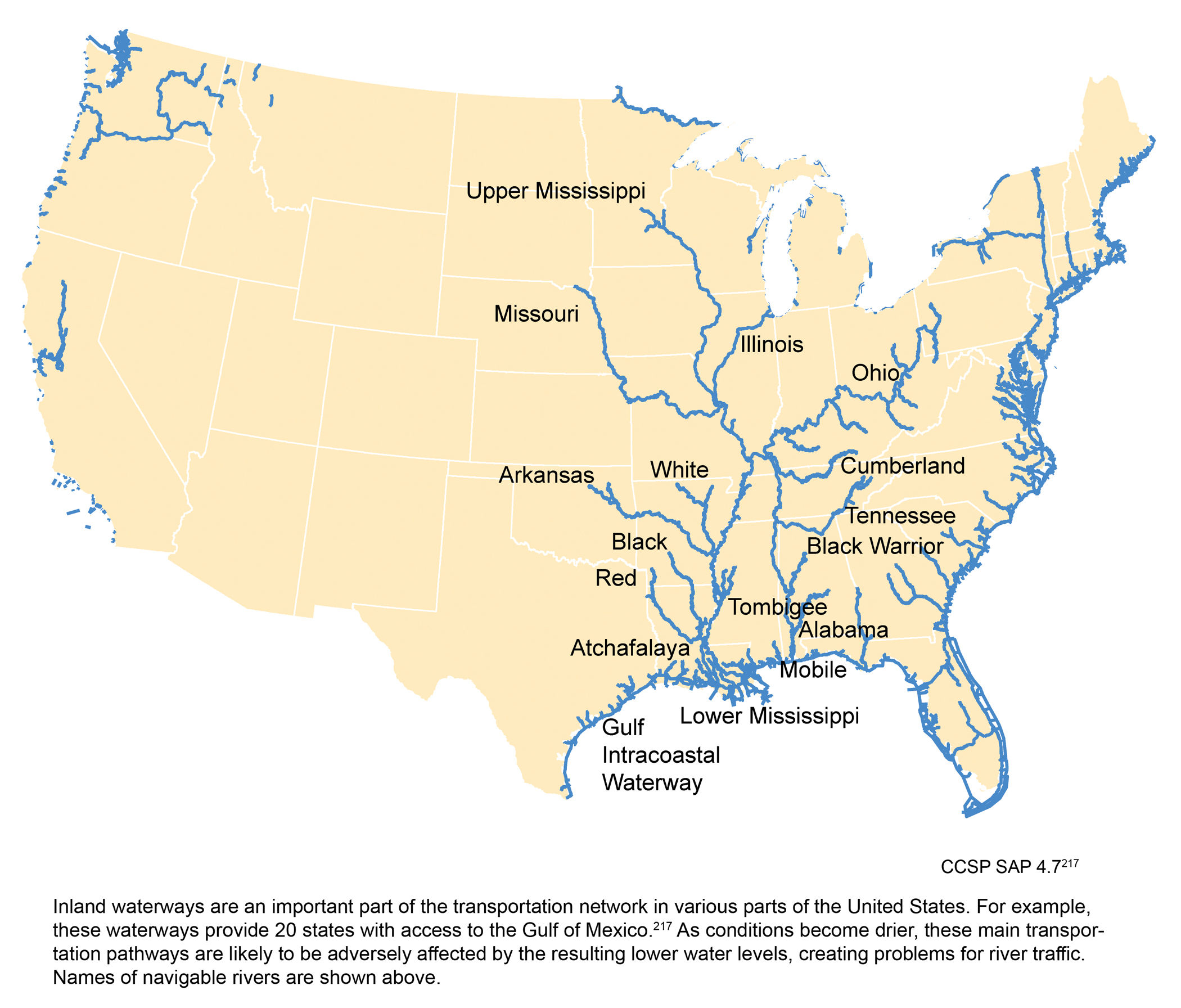
So if you live west of the Appalachians and West of the Rockies you can with very little effort put shit on a nearby river barge and it will float all by itself to the mouth of the Mississippi. Incredible. Now the Hudson, Tennessee, etc rivers are all very good and were important for their region's development but nowhere near as cool as the Mississippi and its basin. There was a problem though. The USA did not start with that. In fact they were blocked from it by dem mountains. So enters history. And international history is a story of States interacting based on their geopolitical priorities. To understand one is to start understanding the other and v/v.
USA Priority #1: Secure North America
Problem 1a - A linear coastal state is not secure.
Priority 1a - Find depth beyond the Eastern Seaboard.
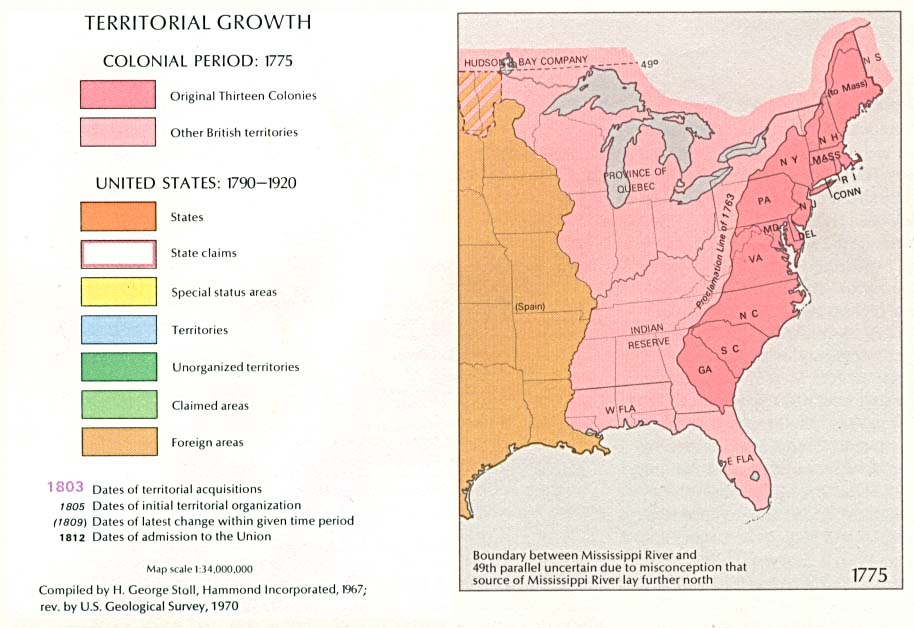
As I mentioned history is basically moving from problem to problem. So what was the USA's first problem? Well don't cheat but it falls under 'securing North America'. Look at the above map and try to find the strategic problem faced by the USA in 1776. It should be fairly obvious that the states (small 's') all fall along a narrow strip of land along a coast. Although the mountains 'behind' them secure them to the west any old naval power could swing by and bisect the State or land basically at will and threaten any area at any time. Basically indefensible vs a naval power. This became apparent when GB casually swung by (while fighting a world war) to burn the US capital.
So there are two things the US could do: a) Become a naval power or b) Stop being a State that only exists along a seaboard. Option 'c' is to do nothing - which given our assumptions of ration actors acting in the best interest of their State is not really an option, nor was it selected. Option 'a' costs a metric shit ton of money, takes a really long time (naval tradition is grown - not researched on a tech tree), and lastly someone was so far ahead it was not even a consideration to try. Well not much of a consideration anyway.
Interestingly enough, and proving my point well enough, the first major debates within the US regime was about two things: building a road across the mountains and building six whole warships. Interesting that they spent the money on the warships first and the road second. There are reasons for that but I will let it lie. More on topic is that the US limited its ship building program and that the road connected, guess what, the heads of navigation between two waterways. I love it when theory and reality collide.
But even more attention was sent sending settlers out to secure the excellent farmland west of the Appalachians. This was not really, from the US perspective, imperialism or manifest destiny or any of that crap. It was the simple need of the State to secure 'depth' to limit the vulnerability faced from the sea. In typical Murican style this was done and there was much rejoicing. Or not so much. Why? Because solving problem 1a led to 1b. Having secured farmland and sent farmers to farm it the unexpected happened. They farmed shit -I know this is shocking. But they could not get their goods to market over those bloody mountains. And so:
Problem 1b - Getting stuff to market.
Priority 1b - Secure Mississippi and tributaries and the Port of New Orleans.
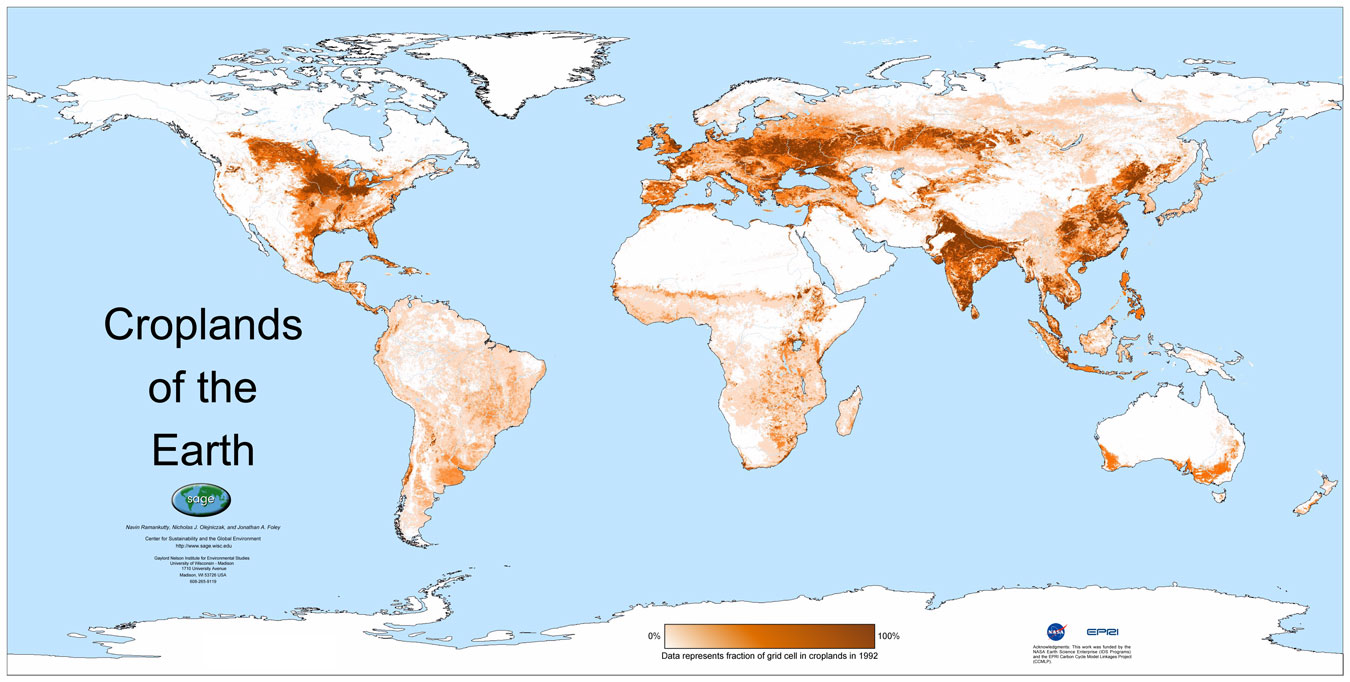
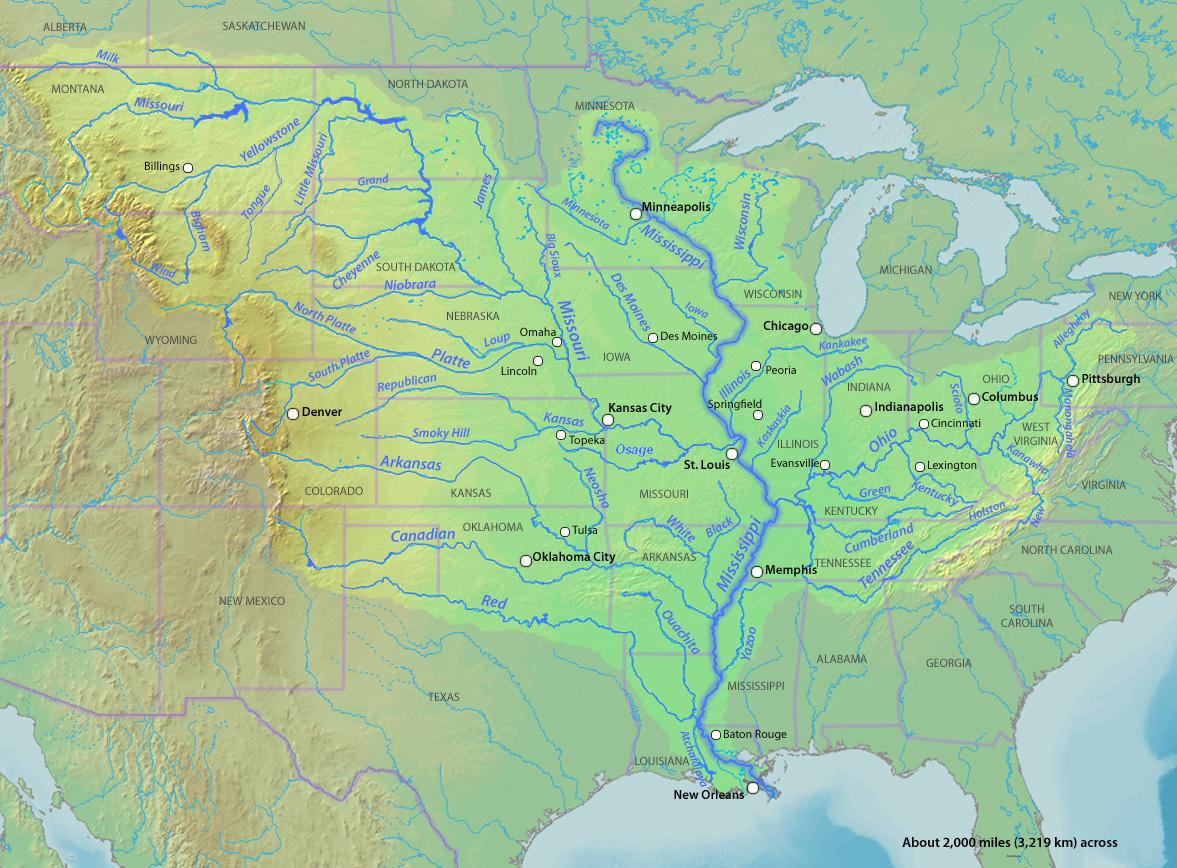
So if you find yourself in Ohio today and you want to be in NYC what do you do? Obviously you get on a boat, sail to New Orleans, get on another boat, and sail to NYC. Right? Well in 1802 you would; especially if you and your town wanted to move your agricultural products to the place where you could sell it. Do recall my interest with rivers and ports and such. Problem was the US did not really control that river or that port. Fortunately the dude who did could not hold it nor did he want to try since he was otherwise occupied at the time. So we bought it. Great success!!
Our brothers to the North had been occasionally troublesome and we did want those excellent lakes and rivers up there so the US could connect them to the ports in the North. The US did do this and fought about it. But in general the trouble of dealing with GB was not worth it. See lingering issues of problem 1a.
(Note that these priorities are not linear. They fade into each other but I am following history - more or less)
Problem 1c - Dem Brown People.
Priority 1c - Secure the southern boundary.


^really crappy
Well basically after securing LA and its most excellent port the US ran into it first major challenge to Priority 1. Immediately adjacent to New Orleans was an independent State that was, at least 'on paper', far stronger than the US. By all metrics that normal people look at Mexico should have dominated the US. Now I am not going to write the geopolitical analysis of Mexico here but it sucked. Take almost all the geographical advantages of the US and reverse them and you have Mexico. But anyway they looked stronk at the time. They also threatened New Orleans and this would never do. So the US fixed that problem too. In doing so it concluded, almost by accident, priority 1 in its totality.
After the Mexican/American War the US controlled the important parts of North America. Had secured it southern flank and reached the other end of the continent. At this point the US took a break for about two generations to do two things: a) fill the key interior and b) become more internally unified. The US did 'a' well but had a small hiccup figuring out 'b'. 'a' of course required a little creative management of the people who were left living where the US wanted to occupy.
Even for this analysis that is a bit of an oversimplification because the US also worked on, finally, priority #2.
USA Priority #2: Secure the Gulf of Mexico
Woot. I can break this into two or even three categories as well. Lets see:
Problem 2a - New Orleans is vulnerable.
Priority 2a - Secure or neutralize everything in the Gulf.
The US solved a good chunk of this when they fixed the problem with Mexico.
Problem 2b - Sea access from New Orleans to the North Atlantic is not secure.
Priority 2b - Dominate the Gulf of Mexico.
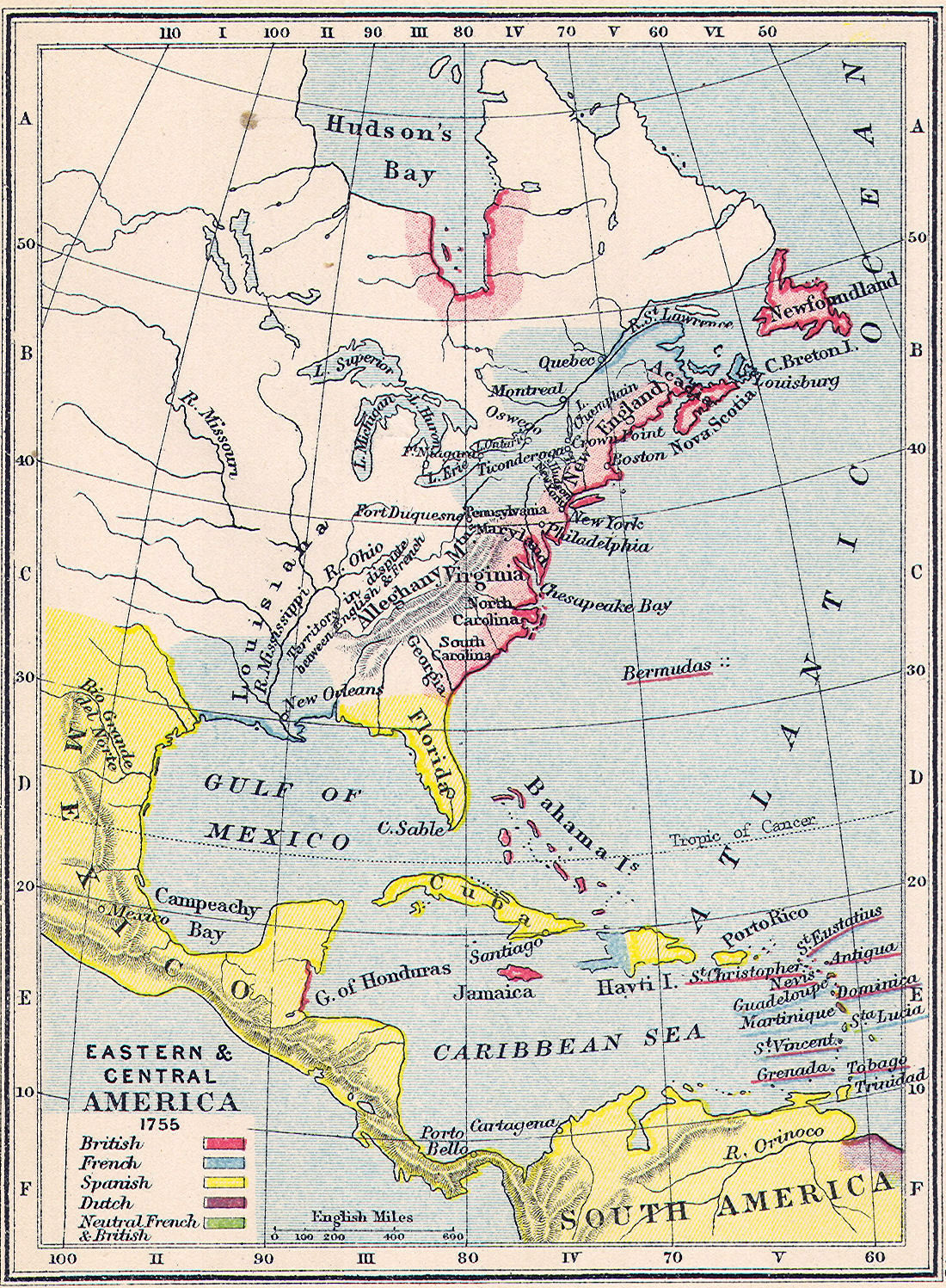
Do you see the problem there? The map is a bit earlier than the point in history we are at but w/e.
Right. One big obnoxious island in particular is owned by an obnoxious European and dominates the exit to the North Atlantic. So what to do? Well take it away of course. Was this a fortuitous or engineered war is generally irrelevant. It did what it was supposed to.
That is really all it took but it DOES tie into priority #4. But I suppose we should hit on #3 first right?
Problem: The USA's North and South borders are not completely secure.
USA Priority #3: Keep outside powers from influencing North and South America.
The USA recognized this priority far far earlier than it could actually do anything about it.
But it steadily worked at this goal from almost the first six frigates until it actually could do something about it. It is hard to point to a particular point where the US achieved this priority but I will give it a go. The problem with controlling or trying to control two oceans separated by a big old continent is getting your ships from one to another. The solution is easy. Cut through the middle of whatever land in the way so those boats can basically walk on land. There was already a model for this and the US just went ahead and did it. Not only did this allow for warships to transit from one ocean to the the other it allowed trade to do so at the same time. This was good of course. But...it did lead to, or assist in bringing about, another problem.
The problem was a shift in where on earth the global 'center of gravity' was. Prior to this period of history the North Atlantic was the overwhelmingly dominant center of global trade. He who controls the spice controls the universe. And that is what made a small Island off the coast of France into the 2nd global hegemon. But alas for them the world changed. Even more unfortunate was that this shifting global structure coincided with a regional shift of power where a group of artificial buffer States in Europe with a common, common enough anyway, heritage coalesced into a nation/state. This shift in global power and the loss of a buffer zone led to some horrific wars.
So it was more, obviously, than the Panama Canal that led to GB's inability to maintain global stability and onset of WWII. (Note that France brought about their own geopolitical problem -Germany- by solving one of their own priorities. But that is another story.) But shifting the global sea lanes was part of the instability. And naturally helped lead to:
Problem: International trade is US trade and the US is now the global hegemon.
USA Priority #4: Dominate the World's Sea Lanes.
What a huge task. Obviously there are important and less important sea lanes. The bosphorus is not as important as Malacca but if you can control them all then you are pretty much good to go. Right? Well, thank Dio the USA was up to it and this is the near culmination of the USA's priorities.
I reference priority #4 at the end of priority #3. The USA did not stop with 6 ships. In fact its internal troubles that I mentioned allowed it to surge into priority 3 and 4 but it would have done so anyway eventually. In fact by the Spanish/American war the USA had a pretty credible navy. By the end of WWII the effects of the shift in the global center of gravity had really become really apparent. Not only had sea lanes shifted but the US had lots and lots of carrier battle groups. What a difference five generations can make.
More importantly the real global center of gravity now lay on the Mississippi vice the North Atlantic more or less. The State that controlled that basically controlled two oceans and hence, almost by default, is the global hegemon. But controlling the worlds sea lanes brings up the 5th and hardest to define problem. That is the struggle between the sea power and the land power.
USA Priority #5: Ensure the heartland does not come to dominate Eurasia.
Here is the tough one. So I will drop a map:


This is from a fellow named Mackinder. He was not an idiot but he did make an error. He believed that advances in technology had invalidated the advantage of water transport over land transport - he was a big fan of the railroad to be precise. Given this assumption, which has so far proved untrue, his thesis makes a lot of sense. He believed that the heartland connected with rail would become the center of the trade. Imagine all the countries from Portugal to South Africa to India to China moving stuff around as easily as LA does to Shanghai. The world would change forever. But that has not happened yet. It still costs a lot more to move shit on rail vs sea. The sea, for example, does not require maintenance costs per mile - rail and road do.
Anyway, there is still a case for this heartland or 'pivot region' as he also called it coming to dominate the world. Enough so that the USA reacts when it perceives it as a threat. This, in essence, explains the cold war. That conflict was basically the same land vs sea power struggle that played out over and over again with the same general result. It also explains why the USA got involved in Mesopotamia and the Hindu Kush recently. I have skipped over analysis of successes and mistakes throughout US history and will not evaluate recent ones. But it does explain it.
So. I believe we are all caught up in history and have simultaneously laid out the USA's geopolitical priorities. So lets just fucking list them here.
USA Priority #1: Secure North America
Priority 1a - Find depth beyond the Eastern Seaboard.
Priority 1b - Secure Mississippi and tributaries and the Port of New Orleans.
Priority 1c - Secure the southern boundary.
USA Priority #2: Secure the Gulf of Mexico
Priority 2a - Secure or neutralize everything in the Gulf.
Priority 2b - Dominate the Gulf of Mexico.
USA Priority #3: Keep outside powers from influencing North and South America.
USA Priority #4: Dominate the World's Sea Lanes.
USA Priority #5: Ensure the heartland does not come to dominate Eurasia.
The future? Is there a 6th priority? Maybe. Some have suggested that it is space. This is possible based on global energy and other stuff.
Regardless there is little possibility of the global center of gravity shifting off of the US in the near future. There are other states and other considerations of course.
Pending your questions this concludes my briefing.


Comments
Enjoy Delyruin.
A very pleasant read and useful. In such a thumb nail sketch there will be editing choices. Without meaning to criticize may I add things of interest though not relevant to your basic thrust?
1. It is a curious fact that for thousands of years it was quicker to go by boat than by land. The modern notion that North America was "cut off" by ocean from the Mother Country reflects modern assumptions and experiences.
2. The modern world is building new kinds of river transport, which we call pipelines, and exploring new oceans we call "reserves".
3. Enormous amounts of water are getting a little warmer. Who would think that might utterly change the course of history?
4. Water and salt: always keys to understanding human history.
This seems very interesting, will have to give it a read when I have more time.